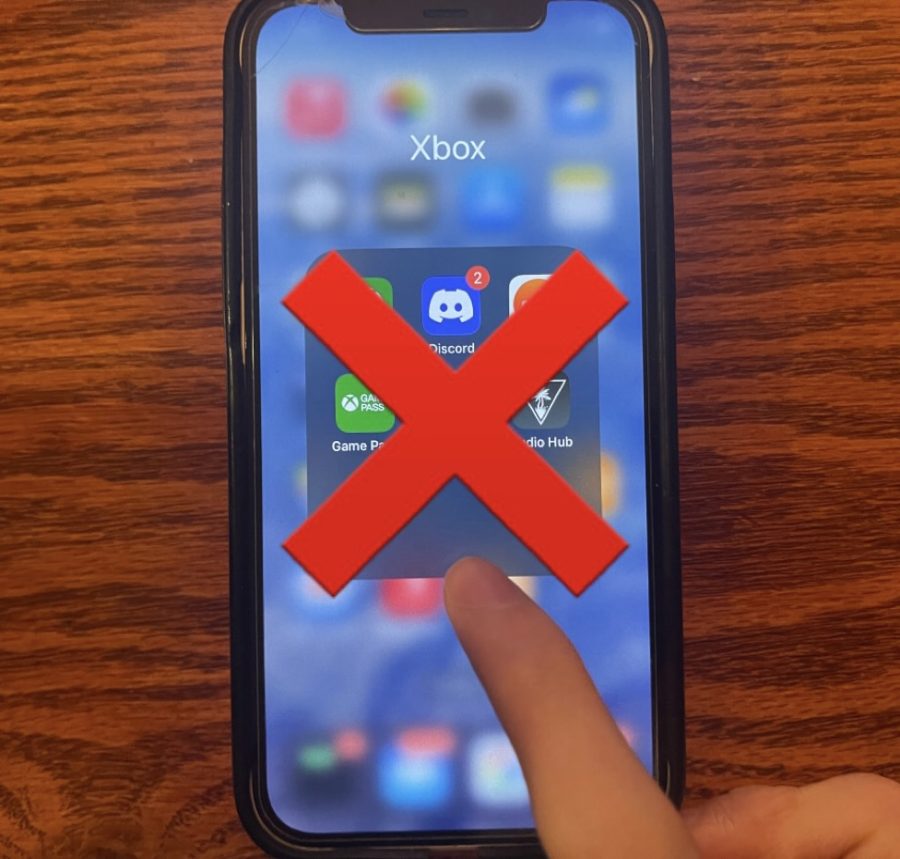The sudden loss of community in online gaming
With the rise of private communication services, the decline of multiplayer gaming began.
One key aspect of any multiplayer game’s success is the ability to connect with other players, yet as of the past five years, multiplayer games keep releasing without these features allowing players to build a community. By losing these important abilities, multiplayer gaming is doomed to fall out of relevance.
The popularity of these features, dubbed “social features” by many, were so well received due to the fact that they ushered in a never before seen era of gaming, since most of the features weren’t all that common prior to the mid-2000’s. The innovation of the entire industry allowed for an influx of gamers to simply need an internet connection in order to be a part of the community, no longer did someone need a computer and/or knowledge of things like chat boards or local players just to be a part of the community.
These features were quickly picked up by a plethora of other games due to how easy they were to put in, but also because the video games developers saw that players were buying those games, and where there’s players, there’s money. While not all of these games made their features equal, others innovated off of each other.
Going all the way back to 2007 to games like “Halo 3” or “Call of Duty 4”, it was a common expectation to see things like voting which map everyone wants to play on, or being able to talk to every player in the match. The effect of this is that it created strong bonds between players, as they were able to play multiple matches with each other in a row, which subsequently created friendly rivalries.
The era during the peak popularity of these social features is widely regarded by many as one of the most influential and enjoyable times to be a gamer. It’s something that’s yet to be properly recreated, even now with knowledge of what worked so well.
On top of all these features, companies like Microsoft and Sony created their own way for players to play with each other through “parties”, which are essentially a temporary group chat where players can talk to each other, invite everyone to matches, and message each other in one big chat. These were revolutionary for the industry, as these began to form a new way to play with your friends but also other players. However, the outcome of this marked a shift in how players formed a community within a game.
As these parties rose in popularity, the use of in-game chat began to decline. Players felt that social features were becoming antiquated, and lacked features other services offered. With the ability to easily invite friends into matches, players began to realize that some of these in-game social features were inferior to parties that were free and easier to use.
The consequences of these losses is that players have become averse to talking to other players, instead opting to communicate with their own friends privately. Due to this, the developers of multiplayer games see that those features aren’t used as much, so they cut them out to save money and time, leading to most communities disappearing.
This leads to communities dying out, as they become more hidden which leads to people becoming unable to find them. Combine that with the rise of social media and the influx of polarized opinions, and now these communities are just a piece of history.
In the current era of online gaming, playing online feels akin to playing with faceless robots, simply due to the fact that community is no longer encouraged. No longer can a person stay with the same players for multiple matches in a row, and no longer does it feel like gaming is a thing that encourages community, but instead a product that’s pushed out by corporations solely with the priority of turning a profit.


